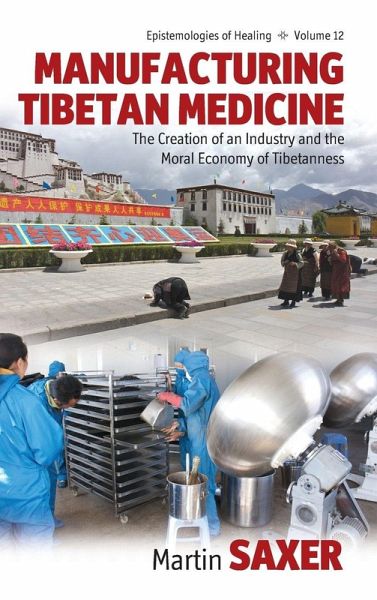
Manufacturing Tibetan Medicine
The Creation of an Industry and the Moral Economy of Tibetanness

PAYBACK Punkte
66 °P sammeln!
Describes how the Tibetan medicine industry has become central to the debate about Tibet's future Explains how considerations of profit and capital have transformed the industry into producing commodities for the Chinese national market













